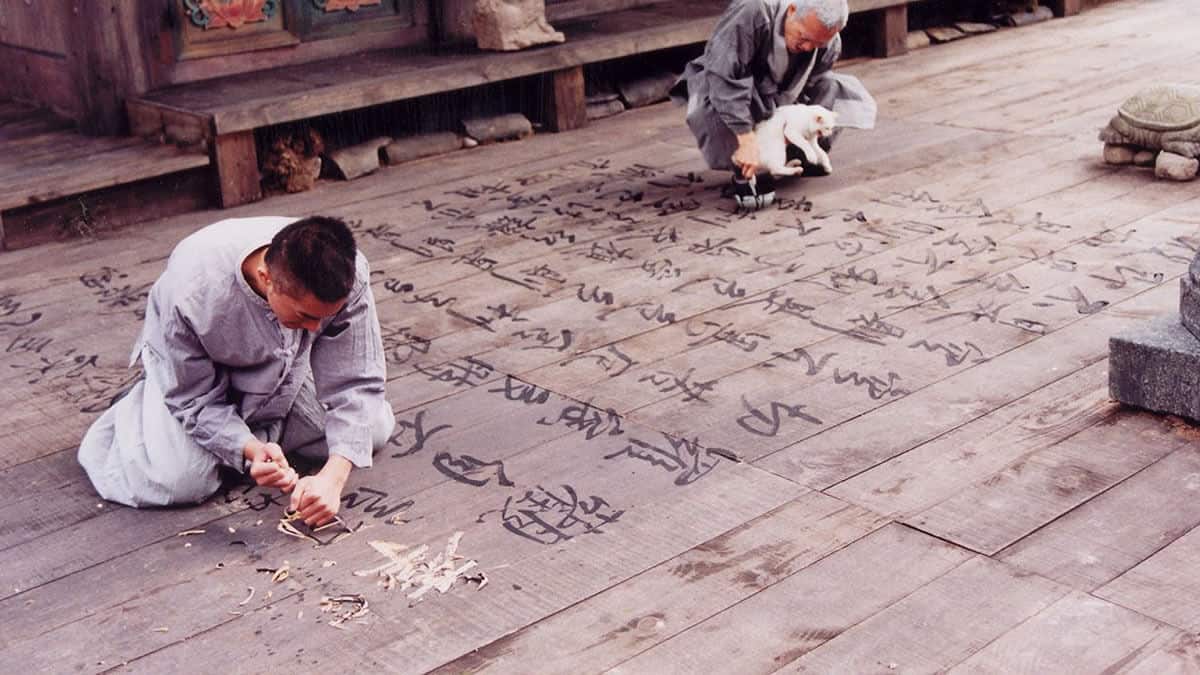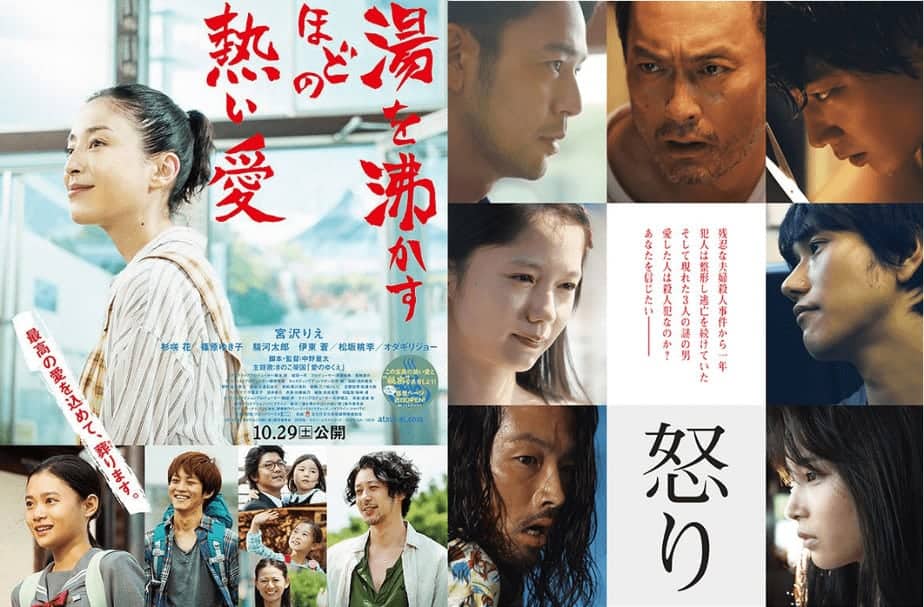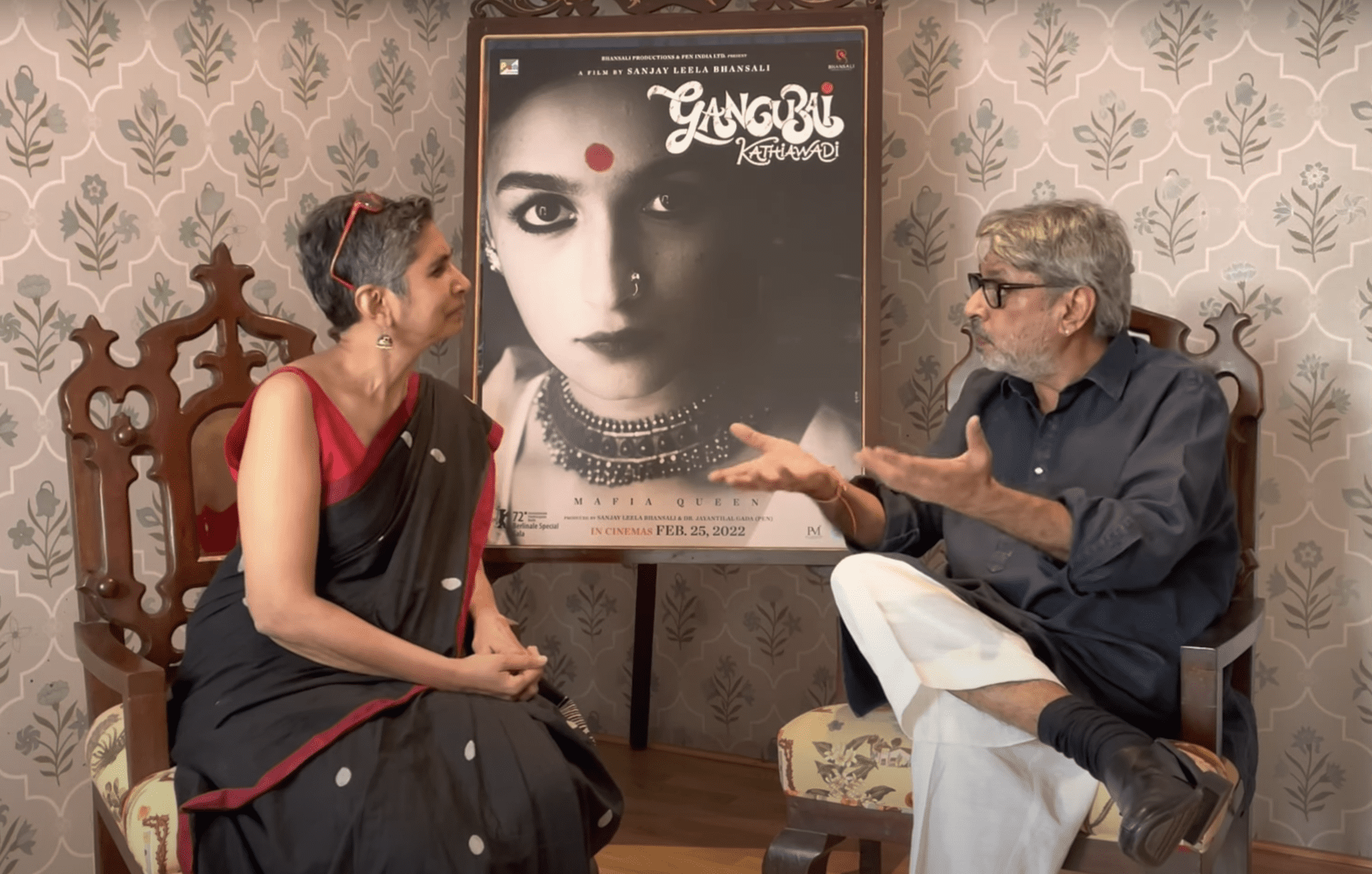21. Fanfare (Lee Don-ku, 2019)
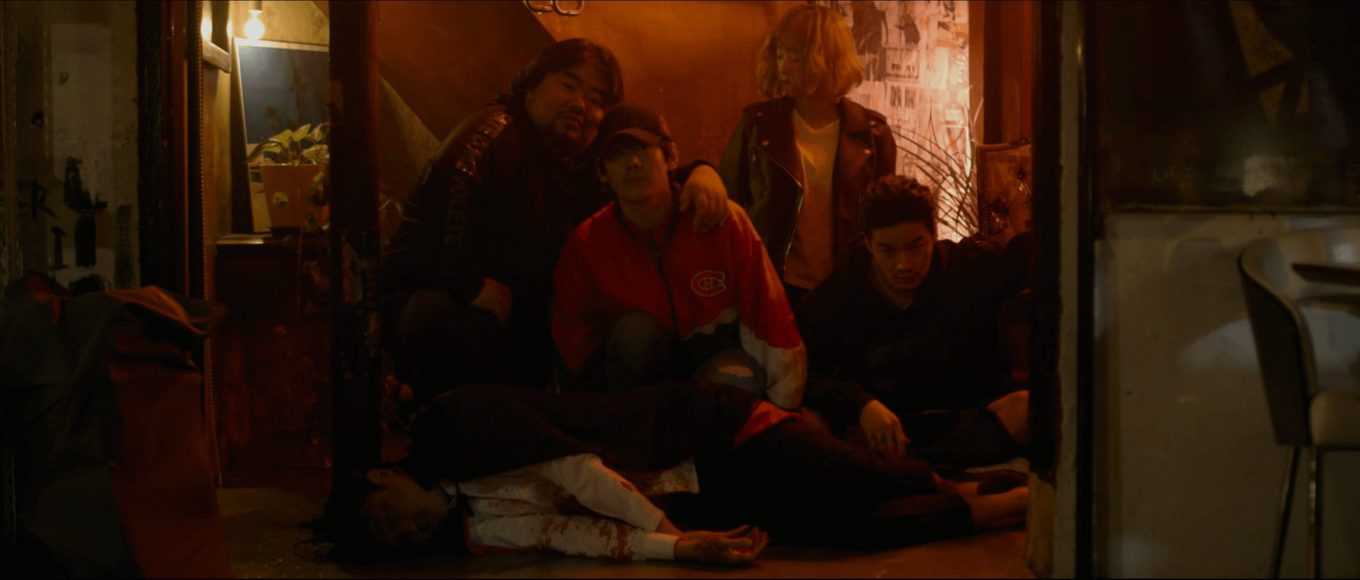
Among the overwhelming plethora of crime films coming from S. Korea, it is always a pleasure to find works that manage to present the themes of the category in a different fashion. Lee Don-ku does exactly that and with style, by shooting a Tarantinoesque movie set as a stage play, that also features a female character, who, for once, is not a cliché. “Fanfare is a great movie that highlights Lee Don-ku's directorial abilities in the best way, with the award he also won in BIFAN (Best Director in the Korean Fantastic section) being more than deserved. I daresay, one of the best Korean films of the year. (Panos Kotzathanasis)
22. Oasis (Lee Chang-dong, 2002)
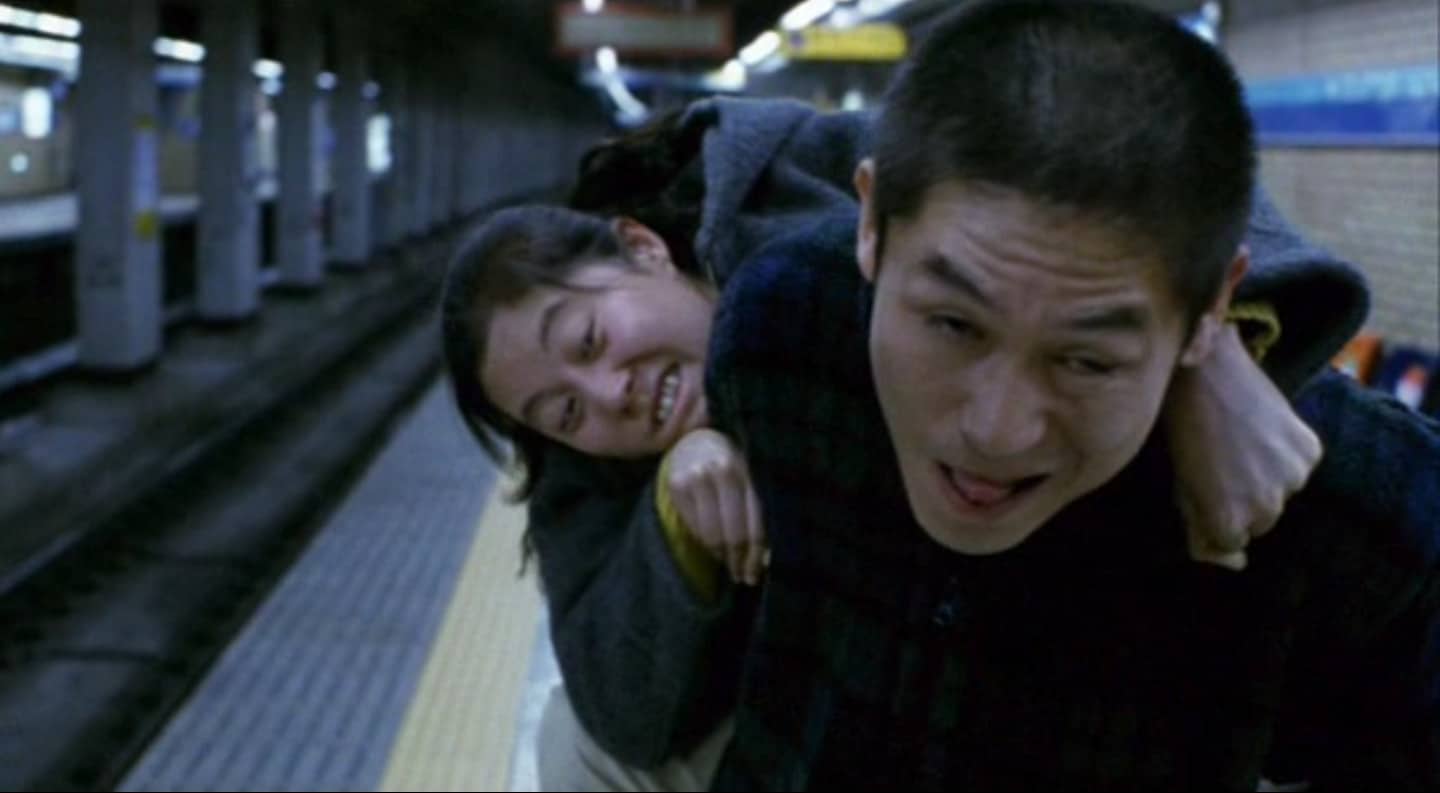
Lee Chang-dong directs and pens a film that deals with a quite unlikely romance in order to portray in shuttering and occasionally disturbing (and even offensive) realism the circumstances of handicapped individuals. This approach makes it quite difficult to empathize with the characters, something the director seem to wish, presenting both as victims and as burdens to their families. (Panos Kotzathanasis)
23. The World of Us (Yoon Ga-eun, 2016)
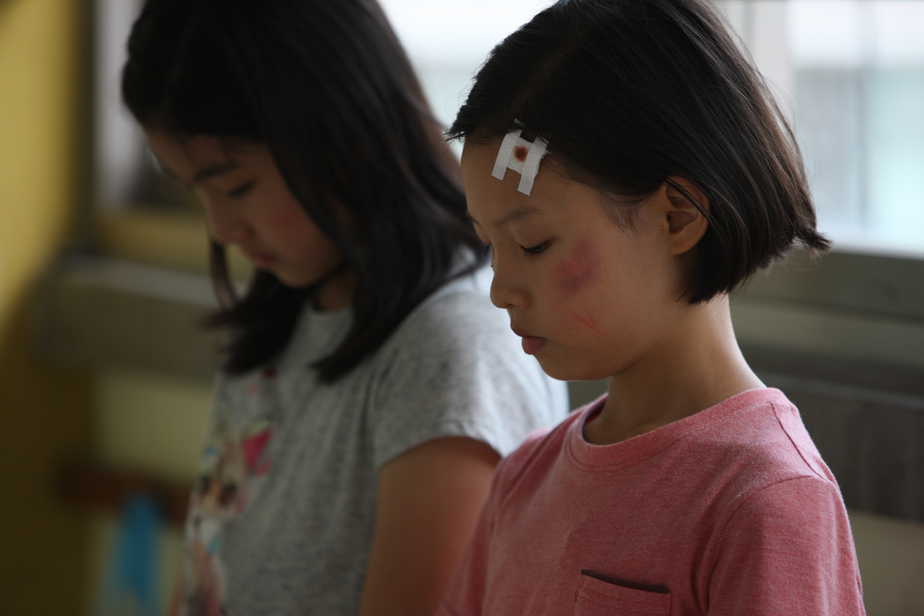
Summarizing the movie as an amazing exploration of childhood would be unfair. Indeed, “The World of Us” not only brilliantly tackles youth, but it actually shows human beings, relationships and group dynamic in a delicate, true and authentic -as much as fiction can be- way. Perhaps one of the reasons childhood is so well depicted in the movie, is that the filmmaker doesn't fall into the trap of minimizing the protagonists' feelings because they are children. The emotions are as raw and ambiguous as any grown-ups'. This not only changes from the too-often-seen simplistic representation of children, but also allows any viewer to put themselves in the characters' shoes. For example, who, both growing-up and as an adult, hasn't felt rejected? Or trying to belong? Or not quite understanding of a given relationship? (Oriana Virone)
24. Clean Up (Kwon Man-ki, 2018)
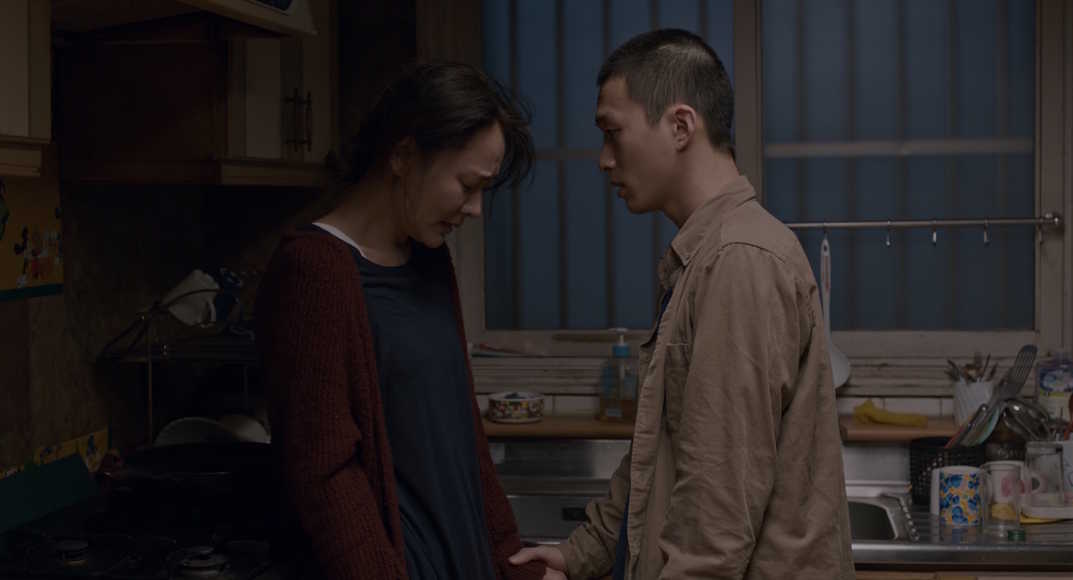
Far from a thriller, but it would be a shame to say too much as the first reveal came to me as a punch in the chest, a sort of “didn't-see-it-coming” effect. And it keeps giving! In fact, one of the best things of this movie is the subtlety of the narrative in revealing the facts at a slow pace and with small details, often charged with symbolic significance, that gradually build up the characters and their backstories. (Adriana Rosati)
25. Youngju (Cha Sung-duk, 2018)
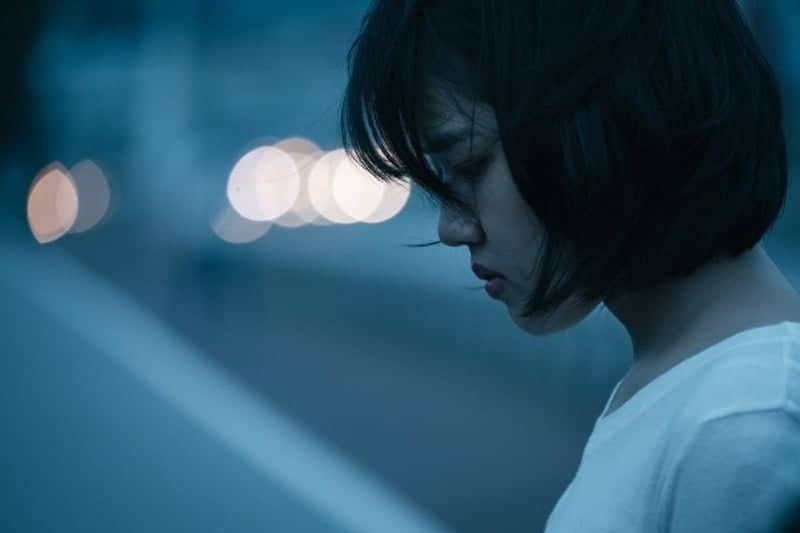
Director Cha Sung-duk's drama is an emotionally gripping tale of guilt, penance and retribution, where a relatively simple framework is enriched by nuanced emotions, delivered with measure and control. The film never derails in pure tear-jerking territory but the undercurrent intensity of the emotions is constant and deeply affecting. Actions and consequences create a sense of foreboding that pervades the whole film, and a certain dose of predictability serves the purpose. We know that the loan service is a scam and it's harrowing watching Young-ju falling in the trap. We know that confronting the man responsible for her parents' death is not a good idea but we watch it happening and, moreover, the moment we realise that Sang-mun and Hyang-sook are good people, fighting with their own demons, we know Young-ju is bound to get hurt. (Adriana Rosati)
26. Lucky Chan-sil (Kim Cho-hee, 2020)

This charming indie movie is, first of all, a love letter to cinema and a soothing overview of life's critical moments. The story feels like something very close to the director's heart and it probably is. In fact, Kim Cho-hee worked as Hong Sang-soo's producer, between 2008 and 2015 and it doesn't take much to spot the reference. Hong Sang-soo apart, the whole film is punctuated with gems for cinephiles, starting from the opening credits on canvas, in typical Ozu's fashion, to many other cheeky hints to international and cult directors that the audience will have the pleasure to spot. (Adriana Rosati)
27. A Bedsore (Shim Hye-jung, 2019)
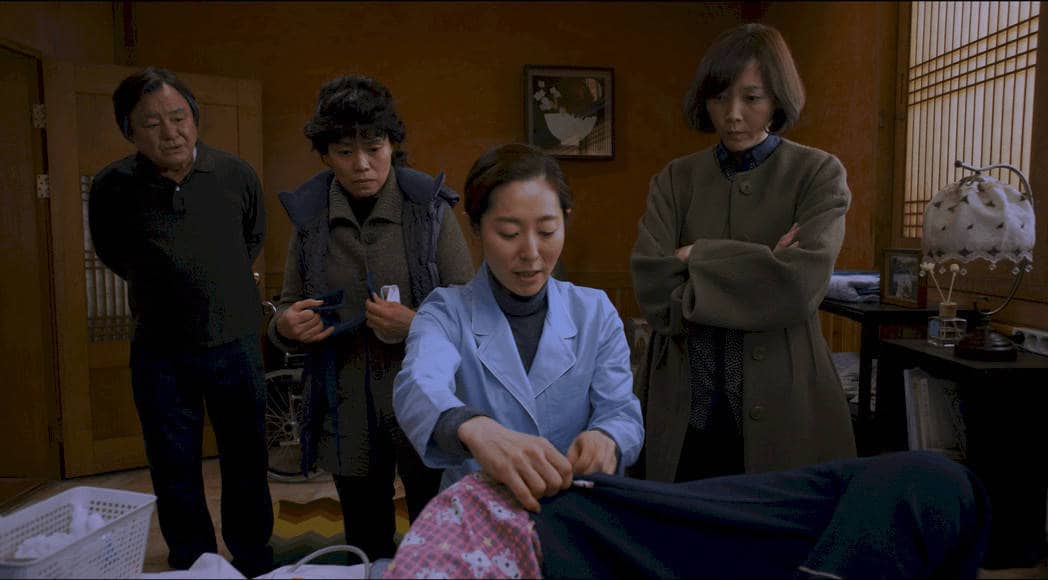
What starts as an innocent wound festers into the wipeout of an entire household. Korean director Shim Hye-jung's debut feature “A Bedsore” (2018) captures the minute frustrations of a family in three generations, as each tier of the family tree argues with one another in their struggle for a “better life.” Only the center of the drama, hemorrhaged grandmother Na Gil-soon (Jeon Guk-hyang) maintains a composed figure – weeping silently alone as her family tears itself apart. (Grace Han)
28. A Girl at My Door (July Jung, 2014)

Subsequently, the characters that earn the viewer's heart are the secondary ones. These are the immigrants and specifically the police officers who appear to be non-corrupt – a rare occasion for Korean films. In this fashion, the most heart-warming scene is the one in temporary cells in the police station. In this scene, the tearful eyes of a beaten and blood-covered illegal immigrant as soon as he sees Young-nam, speak volumes. (Maria Georgiou)
29. After My Death (Kim Ui-seok, 2017)
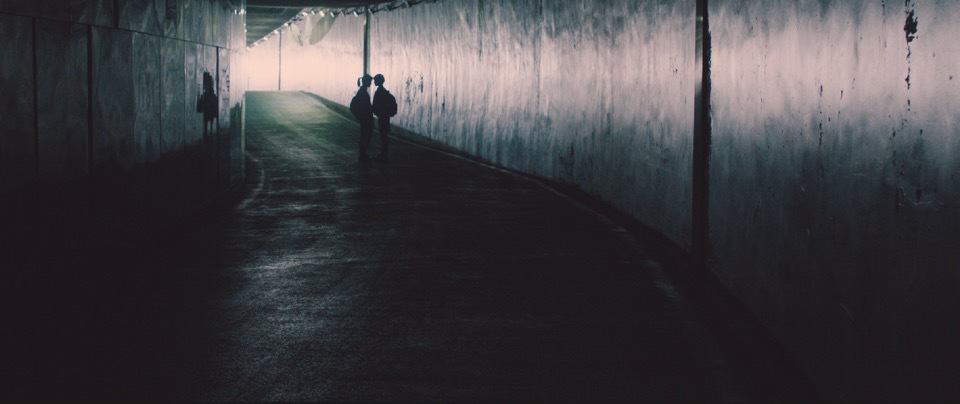
Thinking that the movie only explores adolescence would be a big mistake. Teenagers' suicide in South Korea is inevitably mentioned (suicide is the main reason for young people's death in Korea and the country knows one of the world's highest rate of self-inflicted end of life). Having teenagers at the centre of the drama allows a better exploration of peer pressure, of teens' cruelty and of the difficulty of finding one's place when feeling like an outsider. In that way, it reminds of Yeon Sang-ho's 2011 animation “King of Pigs”. Nonetheless and more largely, the film talks about melancholy, guilt and grieving. Characters are longing for absolutes but end up alienated from society. The feature is more a reflection of society as a whole and not so much specific to school days. (Oriana Virone)
30. Maggie (Lee Okseop, 2018)

Probably as a whole, the movie does not make sense, but if one could perceive it as a collection of ideas from Okseop's rich imagination, the viewing becomes much easier. One could say that the various episodes have allegorical meaning, regarding the difficulty of maintaining relationships in contemporary Korea, the blights of unemployment, while the sudden sinkholes may represent the emotional gap people feel in this setting. However, the abstract narrative makes it quite hard to understand those metaphors fully, to the point I am not even sure if they actually exist. (Panos Kotzathanasis)



